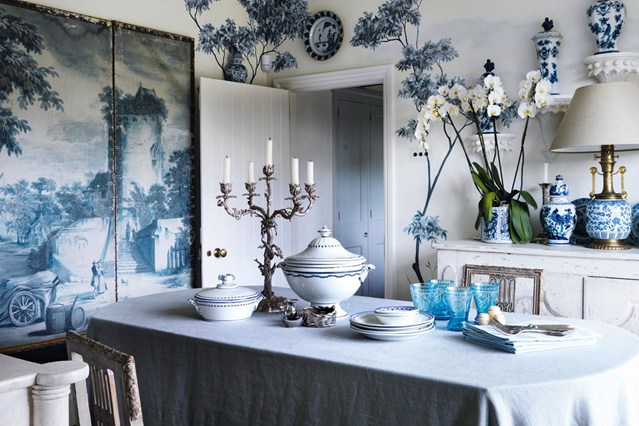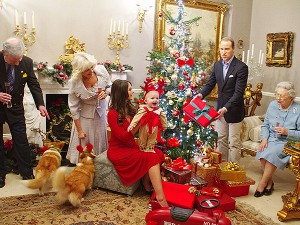Boat Quake was originally a swamp, but the land was soon reclaimed and covered with earth in the early 1820s, making it the first infrastructural development project in Singapore. Since the establishment of the port, economic activity began to flourish in the Boat Quay area. This was mainly due to Singapore’s free port status and strategic location, which attracted a variety of traders, especially those who travelled along the trading routes between India and China. The river’s lack of harsh waves made it ideal for ships to berth and encouraged trading activities. During this period, Boat Quay served as the main harbor for trade under the growing British Settlement.
In 1869, the opening of the Suez Canal, which connected the Red Sea to the Mediterranean, made oceanic trades safer, cheaper and more convenient between Europe and Asia. More ships began to travel between both regions and Singapore became the most ideal stopover for repair work and trade.
By the 1880s, leisure travel became increasingly popular, and the improvement of photographic technology encouraged the widespread distributions of photographs of Asia. Tourists would purchase these photographs from East-based commercial photographers as souvenirs from their travels. This demand for such products also led to the rise of the first main street photographic company in Singapore, which is G.R Lambert & Co. Photographic business continued to prosper in Singapore during these times due to the global capitalism, which was driven by the British’s expansionist colonial policy.
The increase in popularity of photography after the 1860s was largely contributed by the introduction of inexpensive portraiture that could be mass-printed. These prints were known as albumen print, which originated in London and Paris. The common subject of these prints was landscapes, which was a photographic tradition since the early 19th century. Singapore, in fact, had many vantage locations in which the town and ports could be captured from, e.g. Fort Canning Hill.
The photographs show that Singapore was not just a bustling trading port, but it also developed into an attractive tourist location. Both the trading business and tourism were important in helping to boost Singapore’s economy and quicken the development of the ports. Furthermore, these photographs serve as proof of documentation, to capture the busy and active life at Boat Quay and along the Singapore River. This included documentation of the people, means of transportation and the development of Singapore’s landscapes, as well as its ports.
Bib:
Toh, Jason. Singapore through 19th Century Photographs. Singapore: Editions Didier Millet, 2010. Print.
Falconer, John. A vision of the past : a history of early photography in Singapore and Malaya. Singapore: Times Edition, 1987. Print.
Opening of the Suez Canal (2014). In HistorySG: an online resource guide. Retrieved from: http://eresources.nlb.gov.sg/history/events/15fcae20-2e3d-4eec-b5ab-2384f1aac2b9
Establishment of G. R. Lambert & Co. (2014). In HistorySG: an online resource guide. Retrieved from: http://eresources.nlb.gov.sg/history/events/6f1eda03-498e-465e-8fee-2596cb40e1e6














